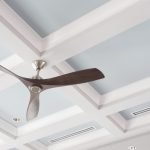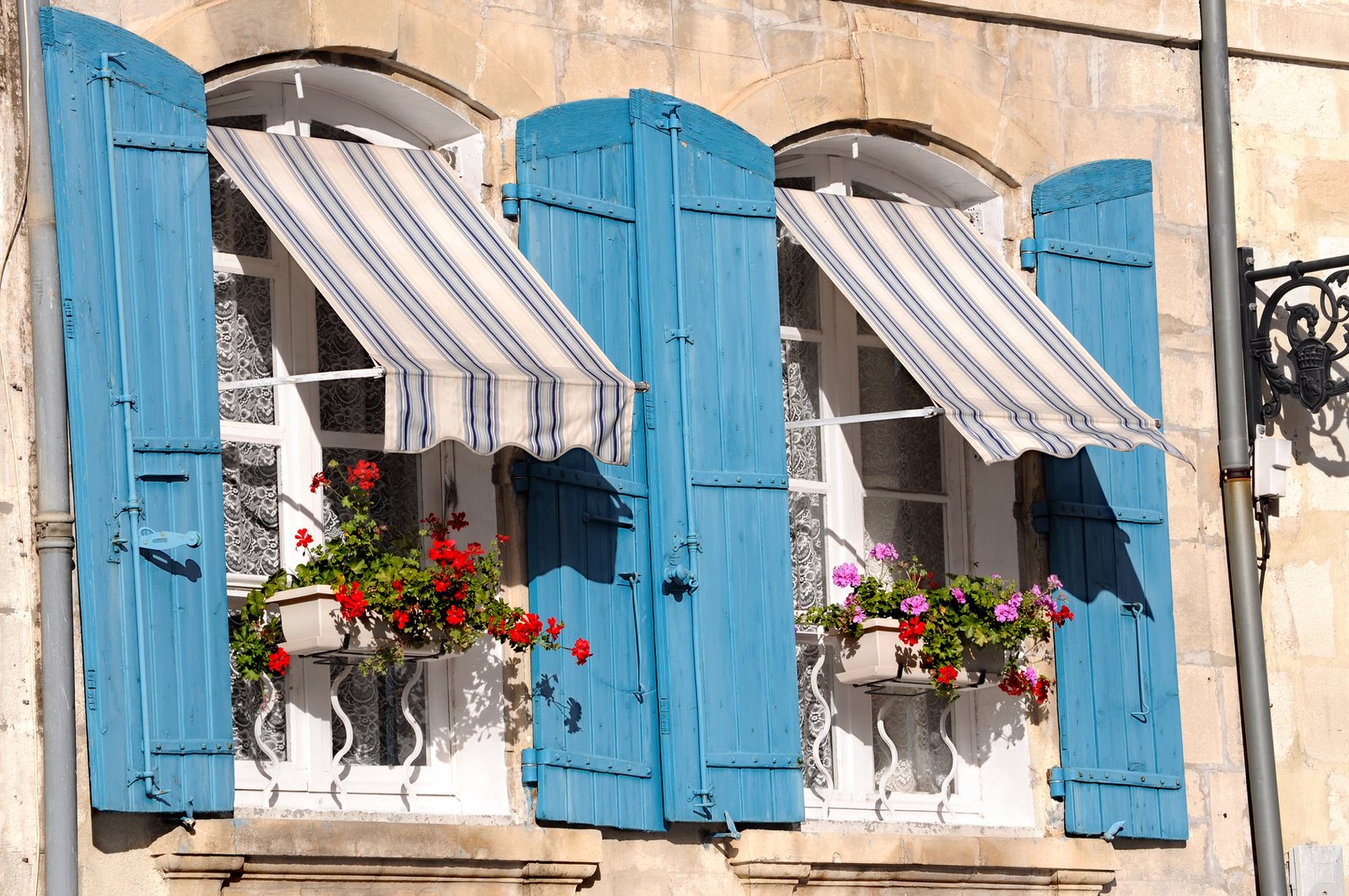How does your fan cool you down?

On an extremely hot day, there is nothing like arriving home from work and relaxing in a cool and comfortable space. One would expect temperatures inside our homes to be much lower than outside as they receive a smaller amount of direct solar radiation. However, in many cases, this is not true. There are many aspects that influence the temperature inside our homes. For example, we can reduce the internal temperature by increasing natural ventilation and providing external shading, installing energy efficient lighting, and unplugging equipment that is not in use. Very often these strategies will be enough to provide comfortable temperatures inside the house but sometimes that is just not enough. That is when your fan comes in.

Turning your fan on during those extremely hot days can be a very effective way to feel much more comfortable inside your home while avoiding high energy use and expensive bills from air conditioning. One thing fans do not do however is reduce the temperature within the space; the air that comes into it comes out at a similar temperature. Fans may actually increase the temperature in the room very slightly as the electricity used to run them turns into heat. So why do you feel more comfortable?
Well, rather than cooling the room down, fans cool your body down. By circulating the air around the room they create the same effect that the wind creates outside, a wind chill effect. You know when you hear the weather forecast and they say for example that the temperature is 20°C but it feels like 16°C? This is because the air movement of the wind over your skin increases convective heat loss; it speeds the process of sweat evaporating from your skin. This is effectively how you eliminate body heat; the more sweat evaporates, the cooler you feel. Your fan mimics the effect of the wind.
It is good to know that, as fans do not reduce the temperature of the air, it is not useful to keep a fan on in an unoccupied room. It would just be a waste of energy!

In order to maximise the evaporative cooling effect of your fan, you need to observe the following:
- For ceiling fans, make sure to set the fan to blow air downwards. If the setting is reversed you will not have the wind chill effect and the fan may draw down warm air that has accumulated near the ceiling.
- If the air temperature outside the house is cooler than inside, it may be a good idea to place your fan near a window to help increase airflow and remove stale air from your home.
- Choose the correct downrod length for a ceiling fan. If you have very high ceilings try to have a long enough downrod so that the fan itself is no higher than three meters from the floor. The reason for this is that if the fan is too far away from the people in the room, the wind chill effect may not be perceived. Similarly, for low ceilings make sure that the fan is at least fifteen centimetres away from the ceiling so that there is enough air space above it for the air to circulate.
In addition to providing you with a more comfortable home in summer, fans and especially ceiling fans can be a very decorative feature. There are interesting designs available, I am sure that you can find one that will fit with the style of your home. Get those blades turning and Green it Yourself…Now!










